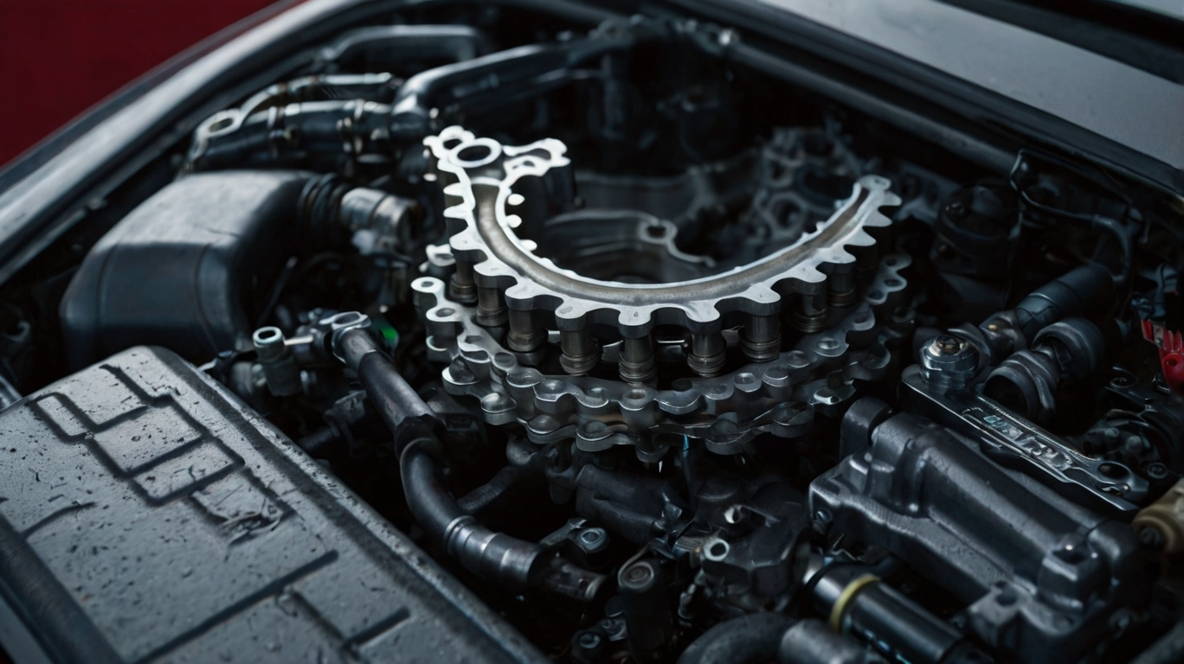
The timing chain in your 2016 Nissan Maxima plays a crucial role in synchronizing the engine's camshaft and crankshaft, ensuring that the engine's valves open and close at the correct times during each cylinder's intake and exhaust strokes. Over time, timing chains can stretch or wear out, leading to engine performance issues. If you suspect that your timing chain needs replacement, here’s a comprehensive guide to help you through the process.
Tools and Supplies Needed:
- Socket set (including 10mm, 12mm, and 14mm sockets)
- Torque wrench
- Timing chain kit (includes chain, guides, tensioner)
- Oil pan gasket (if needed)
- Engine oil
- Clean rags
- Safety gloves and goggles
- Screwdrivers (flathead and Phillips)
- Engine lift (if necessary)
Cost Breakdown:
- DIY Timing Chain Replacement: Approximately $300–$600 (including parts and supplies).
- Professional Timing Chain Replacement: $800–$1,500 (depending on labor rates in your area).
Time Required:
- DIY Time: 6–10 hours, depending on your experience level and whether you need to remove other components.
Step-by-Step Guide for Timing Chain Replacement:
- PreparationBefore starting the replacement, ensure you have a clean, organized workspace. Disconnect the battery to prevent any electrical shorts.
- Remove Necessary ComponentsDepending on the configuration, you may need to remove various components to access the timing chain, including:Engine coverIntake manifold (if applicable)Serpentine beltWater pump (if it’s in the way)Front engine accessory drive components
- Engine cover
- Intake manifold (if applicable)
- Serpentine belt
- Water pump (if it’s in the way)
- Front engine accessory drive components
- Drain Engine OilDrain the engine oil into a pan to prevent spills when removing the timing chain cover. You may also want to replace the oil filter while you're at it.
- Remove the Timing Chain CoverUnbolt the timing chain cover, which is typically secured with 10mm or 12mm bolts. Carefully remove the cover and set it aside. Ensure you don’t damage the gasket; replace it if necessary.
- Align the Timing MarksRotate the crankshaft to align the timing marks on the crankshaft and camshaft. This step is crucial to ensure that the engine is at Top Dead Center (TDC) and that the timing chain is installed correctly.
- Remove the Old Timing ChainUnbolt the timing chain tensioner and guides. Carefully remove the old timing chain, taking note of how it was positioned. You may need to use a wrench to turn the camshaft slightly to relieve tension.
- Install the New Timing ChainPlace the new timing chain onto the camshaft and crankshaft, ensuring the timing marks remain aligned. Reinstall the tensioner and guides, making sure they are securely fastened.
- Reassemble ComponentsReverse the disassembly process by reinstalling the timing chain cover, intake manifold, and any other components you removed. Ensure all bolts are torqued to the manufacturer’s specifications, typically outlined in your vehicle’s service manual. The torque specifications for the timing chain cover bolts are generally around 8-12 ft-lbs, while the tensioner bolts are usually about 10-15 ft-lbs.
- Refill Engine OilAfter everything is reassembled, refill the engine with new oil. Check the oil level with the dipstick and add oil as necessary.
- Reconnect the Battery and Start the EngineReconnect the battery and start the engine. Listen for any unusual noises and check for leaks around the timing cover and other areas you worked on.
- Test DriveTake the vehicle for a short test drive, monitoring for any warning lights on the dashboard or abnormal sounds from the engine.
When to Seek Professional Help:
If you’re not comfortable performing this level of maintenance or if your timing chain has been causing severe issues like misfiring or rough idling, it’s advisable to consult a professional mechanic. They will have the necessary tools and expertise to diagnose and repair any complications.
FAQs
1. How often should I replace the timing chain on my Nissan Maxima?Typically, timing chains are designed to last the lifetime of the engine, but it’s wise to have them inspected around 100,000 miles, especially if you notice any engine noise or performance issues.
2. What are the signs of a failing timing chain?Common signs include rattling noises from the engine, engine misfires, rough idling, and the Check Engine light illuminating.
3. Can I drive my car if the timing chain is bad?It’s not recommended. Driving with a faulty timing chain can lead to severe engine damage.
4. How long does it take to replace a timing chain?A professional can usually complete the job in about 4–8 hours, while a DIY job may take longer depending on your experience level.
By following this guide, you can confidently approach the timing chain replacement for your 2016 Nissan Maxima. Proper maintenance and timely replacements can keep your engine running smoothly for years to come.

